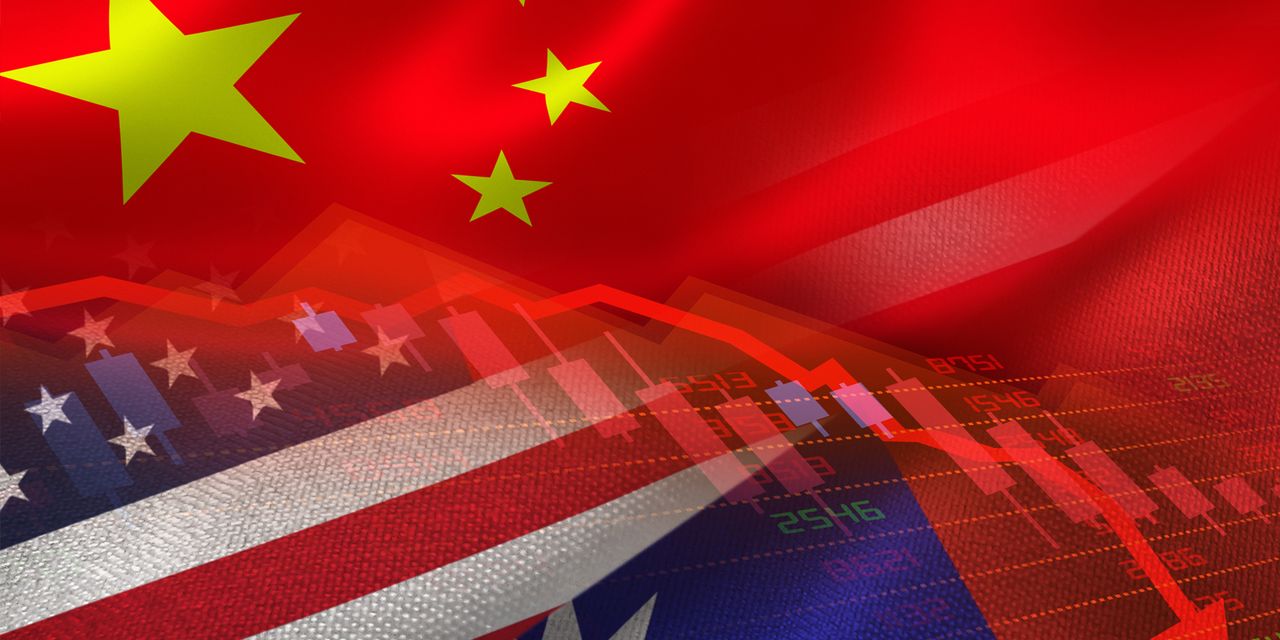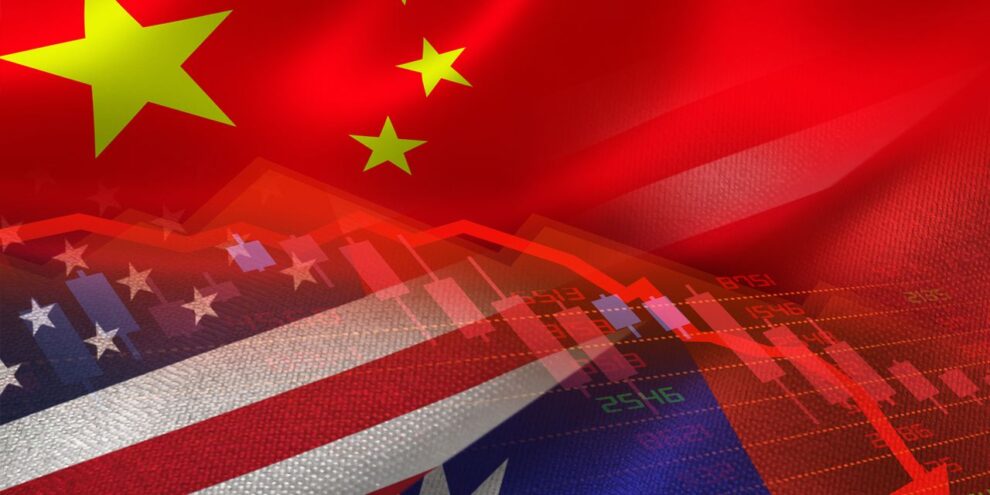
Ever since China dismantled its strict Covid-19 controls in December and fully re-emerged from three years of self-imposed isolation, global financial markets have been growing optimistic about the recovery of the world’s second-largest economy.
The hope has been that a rebound in its consumer and business activity could prevent the global economy from tumbling into recession.
Now, four months later, despite a robust economic growth in the first quarter of 2023, the impact of China’s reopening, both at home and abroad, has failed to impress financial markets.
China’s economy expanded 4.5% in the first quarter of 2023, higher than the consensus estimate of 4%, data from the National Bureau of Statistics said Tuesday.
The benchmark CSI 300 index 000300, -0.90%, which tracks the performance of the top 300 stocks traded on the Shanghai and Shenzhen stock exchanges, ended nearly flat on Tuesday, while Hong Kong’s Hang Seng Index HSI, -1.37% finished 0.6% lower. Oil CL00, -1.52% CL.1, -1.56% CLK23, -1.56% ended Tuesday’s session only modestly higher as upbeat Chinese economic data provided little support for oil futures amid broader concerns about the global outlook.
Last year, China had “the mother of all rallies” in the stock market, but that rally petered out at the end of January, said Nicholas Spiro, partner at Lauressa Advisory in London.
The iShares MSCI China ETF MCHI, -1.10% has declined by 6.7% in the past three months, compared with the 5.5% gain for the U.S. benchmark S&P 500 SPX, +0.04% and the 10.5% advance for the tech-heavy Nasdaq Composite COMP, +0.16%, according to Dow Jones Market Data.
See: Obstacles remain on China’s path from ‘zero COVID’ standstill to breakneck-pace consumption
Quincy Krosby, chief global strategist at LPL Financial, said financial markets across the board were awaiting the economic data to see if China was finally on track toward “the solid growth trajectory” that could help lift 2023 global growth projections.
“But the recovery has been more muted than initially anticipated, and government targets for ‘around 5%’ disappointed global investors. Officials outlined a recovery plan that was heavily focused on a resurgence of consumer spending,” she wrote in emailed comments on Tuesday.
The rebound in the first quarter was indeed driven by Chinese consumers, who began traveling and shopping during the Lunar New Year holiday. The economy also benefited from services and infrastructure spending, as well as a surprise pickup in exports in March. However, a slower manufacturing activity growth challenged the recovery prospects, according to government data on Tuesday.
“There are a lot of contradictory signals, unevenness and inconsistency in the data on China’s economy,” Spiro told MarketWatch in a phone interview on Wednesday.
See: China’s shadow banking sector poses ‘rising risks of a financial crisis’: report
Markets are divided about whether the government needs to roll out more stimulus to boost growth. People’s Bank of China (PBOC) Gov. Yi Gang said last week the economy was still on pace to achieve the 5% growth target this year as the property market improves, suggesting there’s no need for fiscal stimulus.
“Markets had expected that perhaps you would see stimulus underpinning a plan for stronger growth. That was not forthcoming with [the government’s] focus on consumer spending,” Krosby told MarketWatch in a follow-up interview on Tuesday.
“It’s amid a backdrop of global growth that is slowing, and that’s why this is not the time to offer tremendous stimulus when you’re not going to have the recovery as quickly as you want because demand is not there for the manufacturers,” she said.
However, if the second quarter still couldn’t pick up “noticeably” and doesn’t show “impressive” signs of growth, the PBOC will clearly step in, so that should keep investors optimistic about the recovery, said Edward Moya, senior market analyst at OANDA.
Louise Loo, China lead economist at Oxford Economics, said the fading of consumption momentum, the winding down of fiscal stimulus and a weaker demand would put downward pressure on domestic growth in the second half of 2023.
See: How much should you invest in China?
The renewed escalation in geopolitical tensions, especially between Washington and Beijing over tensions related to the Taiwan Strait, also weigh on investors’ sentiment.
Foreign investors, specifically U.S. investors, have this “deep, lingering, persistent skepticism” about China’s growth potential, which Beijing will find difficult to shake, said Spiro. “There’s been the loss of confidence stemming from the government’s ‘assault’ on private enterprise, the ruinous lockdowns and — arguably the most important factor — geopolitical tensions,” he said.
“The reopening is taking a back seat to more fundamental misgivings about the policy regime in China, but fundamentally about political and geopolitical factors,” Spiro said.
See: Yellen to give speech on U.S. economic policy toward China
U.S. stocks traded modestly lower on Wednesday, with the Dow Jones Industrial Average DJIA, -0.19% down 0.2%. The S&P 500 was nearly flat in midday trading, and the Nasdaq edged 0.1% higher.











Add Comment